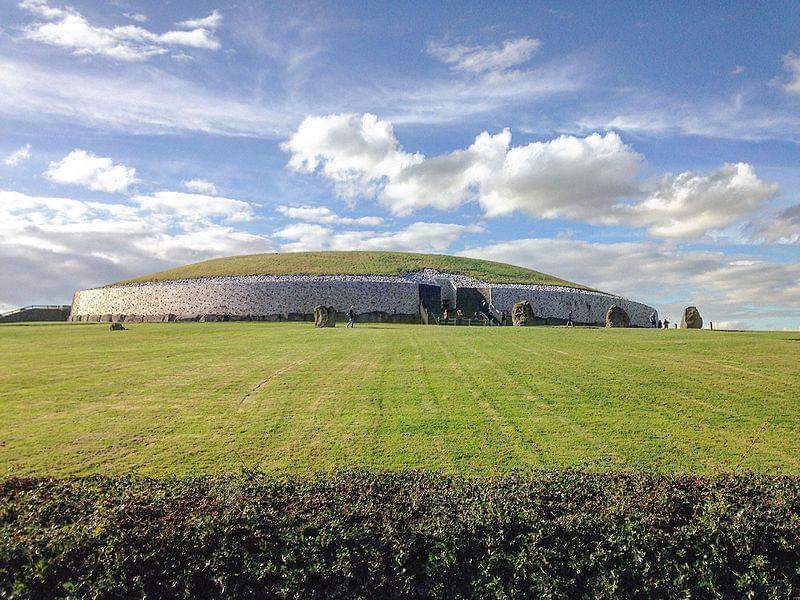
#6 Samhain
Share
During the second battle of Mag Tuired on the Eve of Samhain those slain by the Fomorians were brought back to life by the magical waters of the Slaine Well to return to battle until their secret was later discovered. Many lost their lives from both sides during battle and this sets the tone for Samhain, a remembrance of those who have passed from this life to the next.
Samhain is one of the four main festivals of the Gaelic calendar, marking the end of the harvest and beginning of winter. In Serglige Con Culainn ('Cúchulainn's Sickbed'), it is said that the festival of the Ulaid at Samhain lasted a week. Three days before, Samhain itself, and the three days after.
In public gatherings people feasted, drank alcohol and held contests. Bonfires were lit and stones cast into the fires. Every third Samhain a Gaelic cultural festival was held at Tara and the nobles and Ollams (highest ranking Bards/Poets with equal standing to the king) of Inisfail (Ireland) met to create and renew the Brehon laws, and to feast. Druids lit a sacred bonfire at Tlachtga, making sacrifices to the gods by burning them in the fire.
Ancient Neolithic tombs in Ireland are aligned with the sunrise around the time of Samhain. Samhain is a time when the boundary between this world and the Otherworld could more easily be crossed. This meant the Sidhe (the “Fae”), could more easily come into our world. Offerings of food and drink were left outside to appease them. Divination rituals and games were also a big part of the festival and often involved nuts and apples. Departed kin were requested to attend feasts and a place set for them. Mummers’ plays and disguises were part of the festival, and involved people going door-to-door, reciting verses in exchange for food.
Samhain is one of the four main festivals of the Gaelic calendar, marking the end of the harvest and beginning of winter. In Serglige Con Culainn ('Cúchulainn's Sickbed'), it is said that the festival of the Ulaid at Samhain lasted a week. Three days before, Samhain itself, and the three days after.
In public gatherings people feasted, drank alcohol and held contests. Bonfires were lit and stones cast into the fires. Every third Samhain a Gaelic cultural festival was held at Tara and the nobles and Ollams (highest ranking Bards/Poets with equal standing to the king) of Inisfail (Ireland) met to create and renew the Brehon laws, and to feast. Druids lit a sacred bonfire at Tlachtga, making sacrifices to the gods by burning them in the fire.
Ancient Neolithic tombs in Ireland are aligned with the sunrise around the time of Samhain. Samhain is a time when the boundary between this world and the Otherworld could more easily be crossed. This meant the Sidhe (the “Fae”), could more easily come into our world. Offerings of food and drink were left outside to appease them. Divination rituals and games were also a big part of the festival and often involved nuts and apples. Departed kin were requested to attend feasts and a place set for them. Mummers’ plays and disguises were part of the festival, and involved people going door-to-door, reciting verses in exchange for food.
